Note: The public has until midnight Alaska time on Dec. 17, 2019, to submit comments. Scroll towards the end of this post where you will find a sample letter and link for sending. Please speak up for your public lands.
To reconcile the ecological value of the ancient forests in Alaska with their economic value as timber is unconscionable for numerous reasons, including the existential threat of climate change.
On October 15th, 2019, the Trump administration took a significant step toward opening the world’s largest intact temperate rainforest to logging and other potential extractive development. The USDA Forest Service plan would roll back protections for 9.2 million acres of Alaska’s Tongass National Forest. Slashing protections for more than half of the 17 million-acre Tongass National Forest would not only negatively impact the ecosystem and the wildlife, including the Alexander Archipeligo wolf, but would also further hamper the global fight against climate change.
The U.S.D.A. Forest Service initially announced the decision to create a special rule to undermine safeguards for the Tongass and the Chugach National Forests last year, and seeks to create an “Alaska state-specific” version of the Roadless Rule. This would allow for increased resource extraction in the form of roadbuilding and old growth timber logging in the farthest reaches of Alaska. The rule would amend the 2001 Roadless Area Conservation Rule which establishes prohibitions with some exceptions on road construction, road reconstruction, and timber harvest on 58.5 million acres of inventoried roadless areas on National Forest System lands.

In the Tongass rainforest, the Forest Service has clung to the old-school logging of some of the most biologically rich, scenically stunning and carbon-dense forests on Earth.
The Tongass is the country’s largest national forest—and home to nearly one-third of all old-growth temperate rainforest remaining in the entire world, and is prime habitat for wolves, specifically the Alexander Archipelago wolf, and their prey, the Sitka black-tailed deer. The Tongass old-growth forests provide ideal nesting habitat for the Queen Charlotte Goshawk, an endemic rainforest raptor that lives in coastal British Columbia and Southeast Alaska. The old-growth trees within Tongass roadless areas provide necessary shade for salmon streams.
The Tongass and the Chugach play a vital role in capturing excess carbon from the atmosphere and mitigating some of the impact of global warming, as well as providing ecosystems services that reach beyond Alaska.
The wildlands of the Tongass and the Chugach are a treasured natural resource that should be valued and protected from the destruction of logging. Changing or repealing the Roadless Rule will lead to nothing but environmental degradation in these vital forest ecosystems. The Tongass has already lost at least half of its old growth forest since the 1950s, due to scorched-earth logging practices that utilized a technique of clear cutting full forest areas. Large areas that were clearcut are slowly growing back into dense thickets of young trees that are nearly impenetrable to wildlife. Old logging roads fall into disrepair, filling salmon streams with erosion and blocking the way for fish.
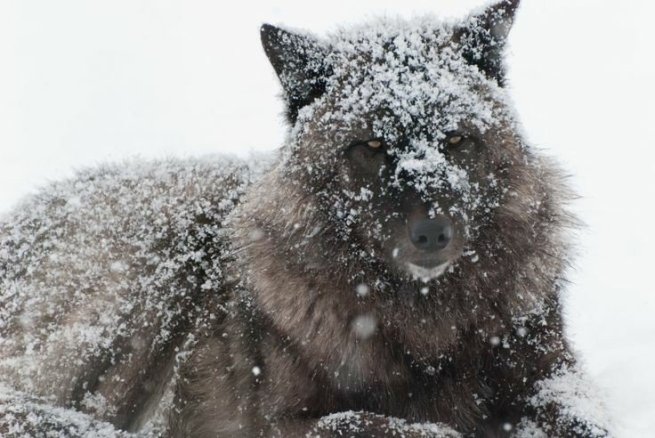
The U.S. Forest Service issued a draft environmental impact statement and published the documents in the Federal Register on October 17th. The publication began a 60-day public comment period on the proposed rule, and on each alternative outlined in the draft environmental impact statement.
The draft environmental impact statement provides an analysis of six alternatives, which are options, choices, or courses of action related to roadless management in Alaska. The alternatives range from no action to the removal of the Tongass from the 2001 Roadless Rule. The Department has identified Alternative 6, which is a full exemption, as the preferred alternative at this time. The full range of options can be viewed here.
The preferred alternative would remove all 9.2 million acres of inventoried roadless acres and would convert 165,000 old-growth acres and 20,000 young-growth acres previously identified as “unsuitable” timber lands to “suitable” timber lands, meaning that this alternative would enable logging interests to bulldoze roads and clear-cut trees in areas of the Tongass that have been off-limits for decades. Under this alternative the Chugach National Forest would remain under the 2001 Roadless Rule.
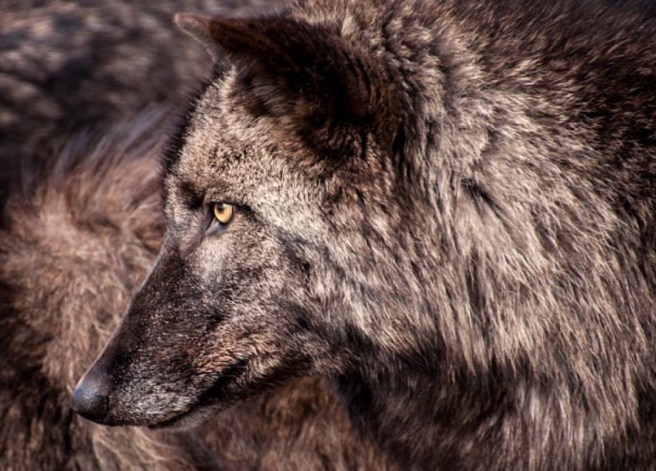
With this proposal to rollback the roadless rule in Alaska an already fragile wolf population and their ability to survive will be greatly compromised.
In 2016, the U.S. Fish and Wildlife Service determined that the Alexander Archipelago wolf (Canis lupus ligoni) did not warrant protection as an endangered or threatened species under the Endangered Species Act (ESA). If the preferred alternative (alternative 6) is adopted, and the Tongass National Forest is exempt from the 2001 Roadless Rule, vast areas will be open to clear-cutting, including further logging on Prince of Wales as you can see below.
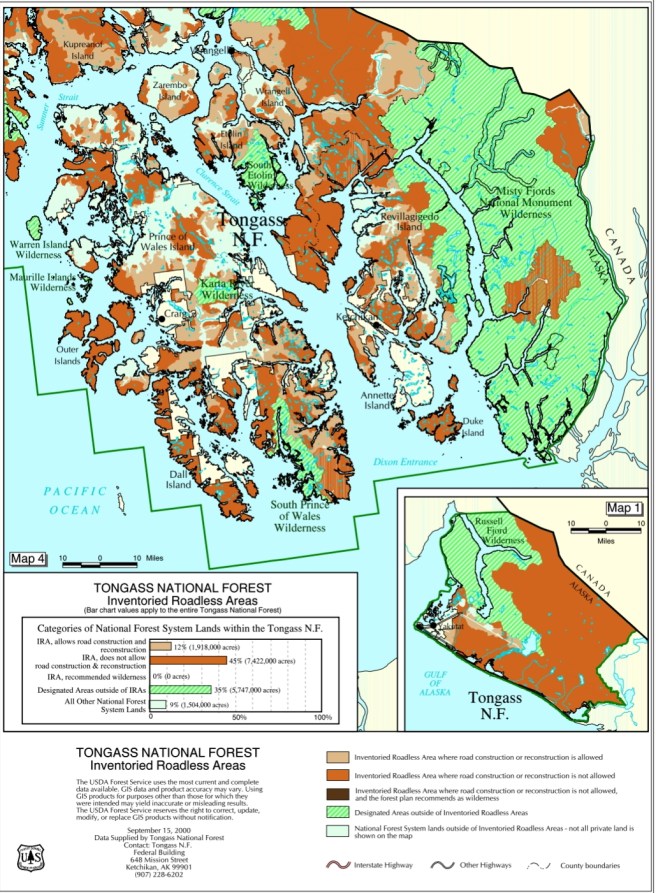
At the time FWS determined ESA protections were unnecessary for the Alexander Archipelago wolf the estimated rangewide population was approximately just 850-2,700 wolves.
No recent calculations have been offered.
Despite their decision not to list the subspecies, in their analysis, the U.S. Fish and Wildlife Service highlighted Prince of Wales Island as the area of greatest concern for the archipelago wolves, due primarily to impacts of logging and trapping.
Largely isolated from mainland wolves by water barriers and the Coast Mountains, the Alexander Archipelago wolf (Canis lupus ligoni) is widely considered to be a subspecies of gray wolf genetically distinct from other North American populations.
For over 12,000 years, this unique subspecies has roamed Southeast Alaska’s rugged Alexander Archipelago—a 300-mile stretch of more than 1,000 islands mostly within the Tongass National Forest. But for just decades, the wolves of the archipelago have seen their old-growth forest habitat rapidly disappear. As the region’s controversial logging policies continue, a study examined what the wolves need in order to survive, and although hunting and trapping have the potential to eradicate wolves in the short-term, habitat loss from logging poses an even greater long-term challenge for wolf survival.
With this proposal to rollback the roadless rule in Alaska, an already fragile wolf population and their ability to survive will be greatly compromised. Already, commercial logging that began in 1950 on Prince of Wales devastated the forests; between 1954 and 2004, a shocking 94 percent of the “contiguous, high-volume old-growth was harvested. As young-growth conifer forests replace clear-cuts in accordance with the ecological principle of succession, the trees’ interlocking branches keep light from reaching the forest floor, where few plants are able to grow. Deer, along with most other wildlife, find little to eat in such forests. Clearcutting old growth and managing second growth on 100-to 120-year rotations significantly reduces foraging habitat for deer for 70%–80% of the timber rotation (Harris 1974, Wallmo and Schoen 1980, Alaback 1982). This situation has been described by Person et al. (2001) as “succession debt” because the full impacts to wildlife, particularly deer, may not immediately be expressed
but will be sustained for many decades after timber harvesting.(More on Prince of Wales here.)
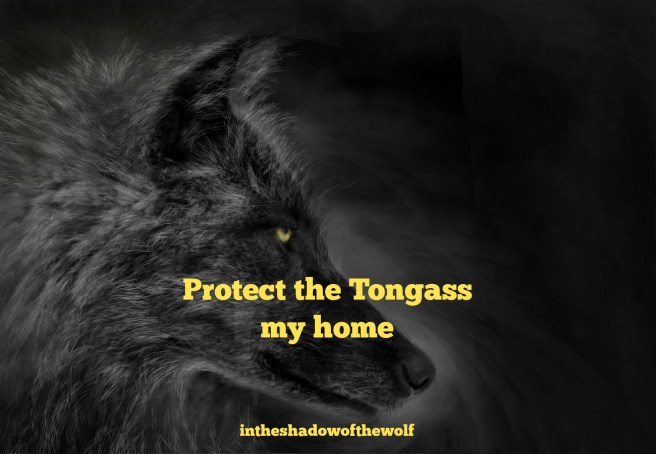
PLEASE TAKE ACTION
Tell the Forest Service not to gut forest protections to allow logging of old-growth in wild roadless areas of the Tongass National Forest (sample comment below, view our letter here). The public has until midnight Alaska time on Dec. 17, 2019, to submit comments on the documents. The documents are posted in the Federal Register and on the agency’s Alaska Roadless Rule website.
These are the ways the public can submit written comments:
Email: akroadlessrule@fs.fed.us
Website: here.
Snail Mail: USDA Forest Service, Attn: Alaska Roadless Rule, P.O. Box 21628, Juneau, Alaska, 99802
By fax: 907-586-7852
In-person: deliver to Forest Service, 709 W. 9th Street, Room 535B, Juneau, Alaska 99801
Sample comment below, please personalize, and, if you have time, please send or cc a copy of your letter to Secretary Purdue: agsec@usda.gov
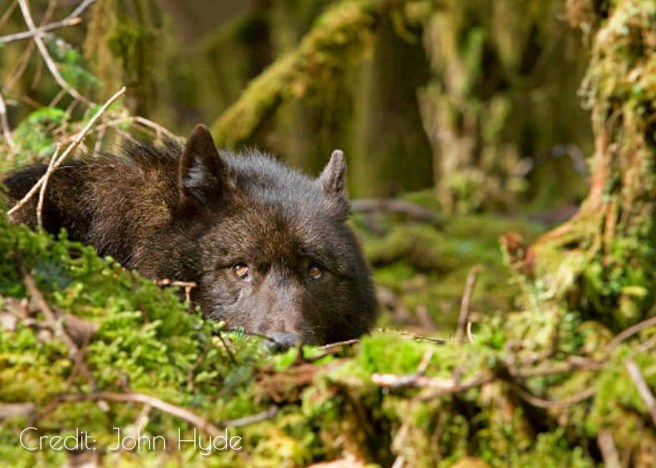
Your letter:
The Honorable Sonny Perdue, Secretary
United States Department of Agriculture
1400 Independence Avenue, SW
Washington, DC 20250
David E. Schmid, Regional Forester
USDA Forest Service, Alaska Region
Attn: Alaska Roadless Rule
P.O. Box 21628
Juneau, Alaska, 99802
Dear Secretary Perdue, and Mr. Schmid:
I am writing to voice my opposition to any modification to the Roadless Rule in Alaska. The proposed changes would undermine safeguards, and facilitate increased old-growth logging in the Tongass and the Chugach National Forests. Logging prohibitions contained within the Roadless Rule are a key component of the long-awaited transition away from old-growth clearcutting on the Tongass. The Roadless Rule protects over 2.5 million acres of productive old-growth (which constitutes half of the old-growth forests remaining on the Tongass) and prevents the fragmentation of large unbroken landscape. Rolling back the Roadless Rule in Alaska would ignore overwhelming public support, put wildlife and critical habitat at risk, and threaten access to safe drinking water. The rule change would be a step away from sustainable development and would run counter to the interests of all Americans, as well as Alaskans, and is not in the best interest of taxpayers.
Scientists overwhelmingly agree that clear cutting of old growth trees for timber puts whole systems at risk and destroys wildlife habitats, yet the Forest Service’s amendment to the Tongass plan allows clearcutting to continue for well over another ten years. This rule change will promote further, as well as rapid, destruction. Both the Tongass and the Chugach play a vital role in capturing excess carbon from the atmosphere and mitigating some of the impact of global warming, as well as providing ecosystems services that reach beyond Alaska. In Alaska, which experienced unprecedented heat waves this summer, the Tongass serves as a buffer against climate change. Much like the Amazon rainforest, the Tongass’ stands of ancient trees are champions at absorbing greenhouse gas emissions, storing approximately 8 percent of the total carbon in all national forests of the lower 48 states.
The Tongass National Forest is home to more than 9 million acres of roadless area. The Roadless Rule protects ecosystems, which, in turn, helps make the Tongass the country’s single most important national forest for carbon sequestration and climate change
mitigation.
Again, I strongly urge you against granting any exemptions or exceptions to the Roadless Rule in Alaska, as is offered in alternative 1, and advise the Forest Service to refrain from pursuing an Alaska version of the Roadless Rule. Rather, continue to uphold the 2001 Roadless Area Conservation Rule, maintaining protections against logging and roadbuilding in Tongass roadless areas.
The agency’s mission is “Caring for the Land and Serving the People.” The Forest Service should strive to protect the Tongass National Forest and ensure our public lands serve the people and wildlife of today and future generations.
Thank you for taking the time for my comment,
Your name
Thank you for taking action for the Tongass and the wildlife that call these ancient forests home. Find a tweetsheet here. #ProtectTheTongass #RoadlessRule
Visit our Creative Arts and Work shop here, or tap image below, for greeting cards, t-shirts, sweatshirts, wall art and a variety of home decor.
Copyright © 2019 [COPYRIGHT Intheshadowofthewolf. Name and Webpage]. All Rights Reserved

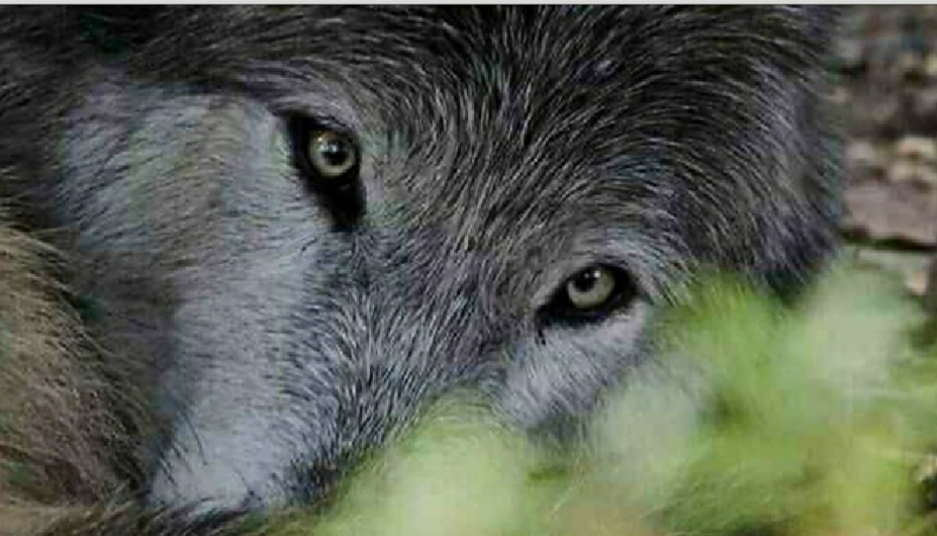


You must be logged in to post a comment.